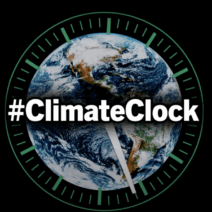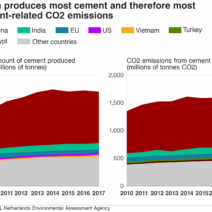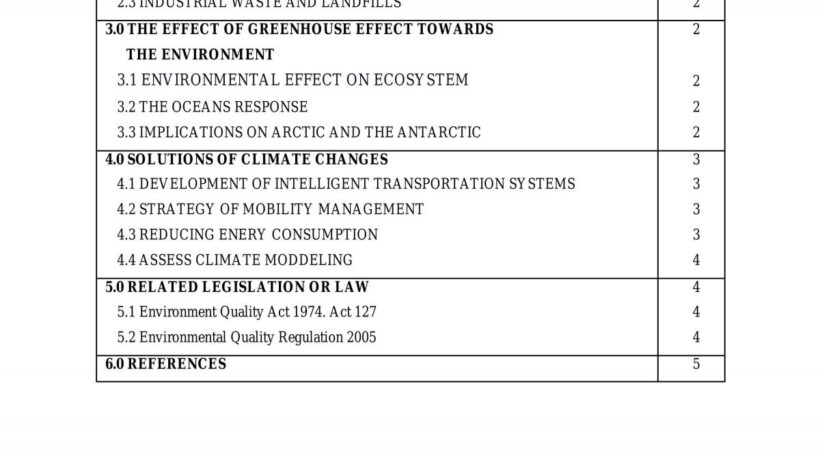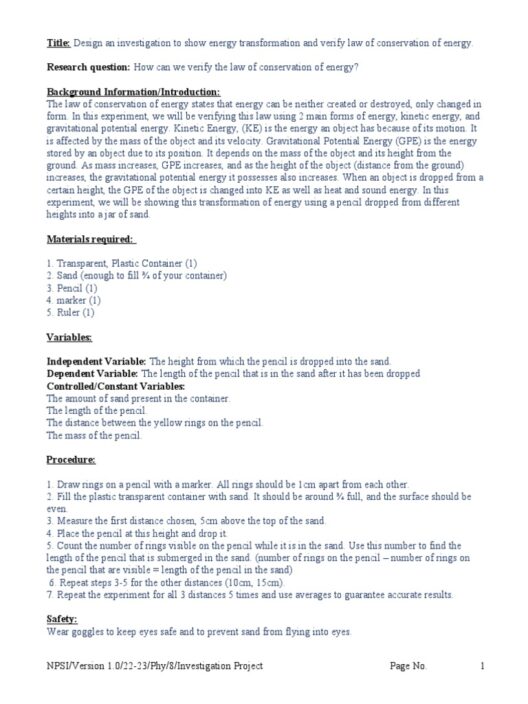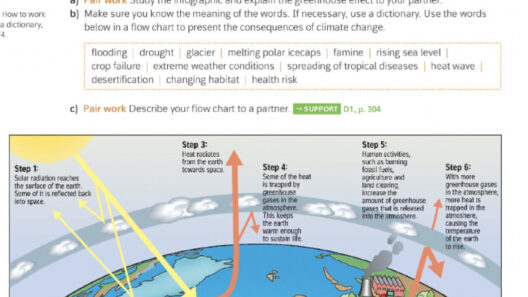The greenhouse effect is an intricate phenomenon that plays a crucial role in maintaining the Earth’s temperature. However, human activities have exacerbated this natural process, leading us to ponder: What drives the greenhouse effect? What are the underlying factors? Join us on this enlightening journey to uncover the causes behind this environmental challenge.
To start, the greenhouse effect itself is a natural occurrence. The Earth’s atmosphere consists of various gases, some of which have the ability to trap heat. This insulating layer allows life to thrive on our planet. However, the complexity of this effect lies in identifying the myriad factors that contribute to its intensification. The ramifications are staggering as they contribute to climate change and global warming.
Let’s delve into the primary contributors to the greenhouse effect, which can be broadly categorized into natural phenomena and anthropogenic activities.
Natural Contributors to the Greenhouse Effect
While human actions are predominantly responsible for the accelerated greenhouse effect we currently face, it is essential to recognize the natural elements that also play a role. Volcanic eruptions, for instance, release substantial amounts of carbon dioxide (CO2) and other greenhouse gases into the atmosphere. These gases can remain suspended for extended periods, contributing to the greenhouse effect.
Additionally, the respiration of flora and fauna naturally produces CO2, which is a standard aspect of life on Earth. The oceans, too, are a double-edged sword; while they absorb a significant portion of atmospheric CO2, they also release it back into the atmosphere based on numerous factors such as temperature and circulation patterns.
The cycle of carbon, involving both natural sources and sinks, is crucial in regulating the Earth’s climate. Though these natural processes are fundamental, they have been overshadowed by human-induced factors that have significantly amplified the greenhouse effect.
Human Activities that Intensify the Greenhouse Effect
Industrialization and urbanization have introduced myriad pollutants, creating a heavier blanket of greenhouse gases. The burning of fossil fuels such as coal, oil, and natural gas is one of the leading causes. This process releases vast quantities of CO2 and other particulate matter into the atmosphere. As more countries industrialize, the consumption of these fossil fuels continues to rise, leading to an exponential increase in greenhouse gas emissions.
Deforestation also plays a significant role in exacerbating the greenhouse effect. Trees are critical in sequestering carbon dioxide, and when they are cut down or burned, the stored carbon is released back into the atmosphere. Furthermore, the loss of these trees reduces the Earth’s capacity to absorb CO2, creating a vicious cycle that further escalates the problem.
Agricultural practices contribute to greenhouse gas emissions in various ways. Intensive farming often involves the use of nitrogen-based fertilizers, which release nitrous oxide, a greenhouse gas far more potent than CO2. Additionally, livestock farming generates methane, another powerful greenhouse gas, through digestive processes and manure management. The global demand for meat continues to exacerbate this issue, as livestock farming expands into previously undisturbed land.
Waste management is yet another area where human activities increase greenhouse gas concentrations. Landfills emit methane as organic waste decomposes anaerobically. As urban areas expand, waste production grows, compounding the challenges we face in managing these emissions effectively.
The Role of Policy and Community in Mitigating Greenhouse Gas Emissions
Addressing the greenhouse effect requires a multi-faceted approach from policymakers and communities alike. The implementation of stringent environmental regulations is crucial. Governments must prioritize legislation that limits greenhouse gas emissions, promotes renewable energy sources, and enforces deforestation bans.
Public awareness and education can empower communities to make informed decisions regarding their energy consumption, waste management, and transportation choices. Sustainable practices, such as adhering to a plant-based diet and reducing single-use plastics, can significantly reduce individual carbon footprints. Collective actions, when magnified across entire communities, can lead to tangible reductions in greenhouse gas emissions.
In addition to personal efforts, supporting innovative technologies is essential. The development of carbon capture and storage technology offers a way to reduce CO2 emissions from industrial processes. Emphasizing research into renewable energy solutions such as solar, wind, and hydropower can pave the way for a cleaner future.
Conclusion: The Time for Action is Now
The greenhouse effect is a complex phenomenon influenced by both natural processes and human activities. While it supports life on Earth, the current trajectory of greenhouse gas emissions threatens to destabilize our climate. As individuals, communities, and governments, understanding these causes is paramount.
It is vital to engage in proactive measures to mitigate the repercussions of these emissions. A collective response is necessary to safeguard our planet and ensure that future generations can flourish in a stable climate. Are we prepared to undertake this challenge? The answer lies in our actions today.

